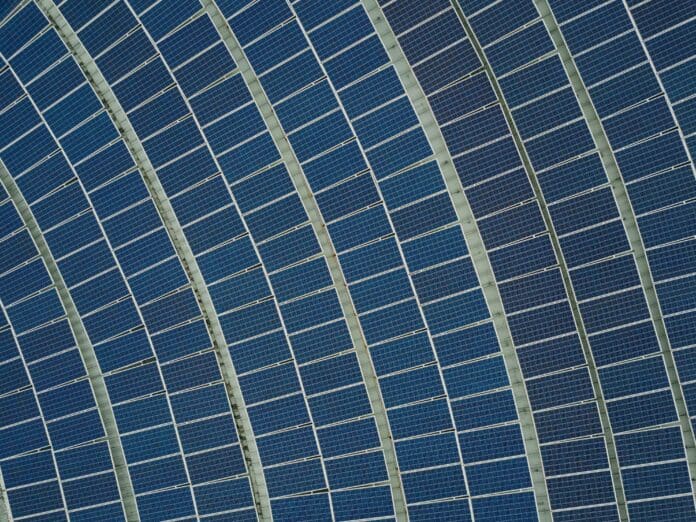This post is also available in:
 עברית (Hebrew)
עברית (Hebrew)
A research team at the University of New South Wales (UNSW) has introduced a new solar cell enhancement method that could significantly boost the efficiency of silicon-based photovoltaics—while also improving heat management and durability.
The core of the breakthrough lies in a process known as singlet fission, which allows a single high-energy photon to generate two electron-hole pairs instead of one. This mechanism addresses a common limitation in traditional silicon solar panels, where excess photon energy is typically lost as heat, according to the press release. By converting that energy more efficiently, the system increases overall electrical output.
The innovation comes in the form of a specially developed organic molecule called dipyrrolonaphthyridinedione (DPND). This molecule is applied as a thin layer on top of standard silicon cells. Unlike earlier candidates such as tetracene, which proved too unstable in air, DPND is both photostable and suitable for scalable production.
This layer captures high-energy blue and green light and converts it into two lower-energy excitons, each aligned with the silicon bandgap. The result is not only improved energy conversion—potentially pushing efficiency past 30%—but also a reduction in heat buildup within the panel.
Initial estimates suggest that panels incorporating this technology could operate at temperatures up to 2.4°C cooler than conventional counterparts. This seemingly small difference could extend a panel’s useful life by over four years and enhance day-to-day performance, as efficiency tends to drop with rising temperatures.
From a commercial standpoint, the benefits are tangible. Higher efficiency per panel means fewer units are needed for the same energy output, reducing installation and materials costs. Unlike tandem cells, which require complex structural redesigns, the singlet fission layer can be added to existing silicon technology, potentially simplifying adoption.
With patent applications now in place, the UNSW team is moving toward scaling DPND production for pilot manufacturing trials. The development marks a promising step toward more efficient and durable solar technologies that can integrate seamlessly with current infrastructure.

























